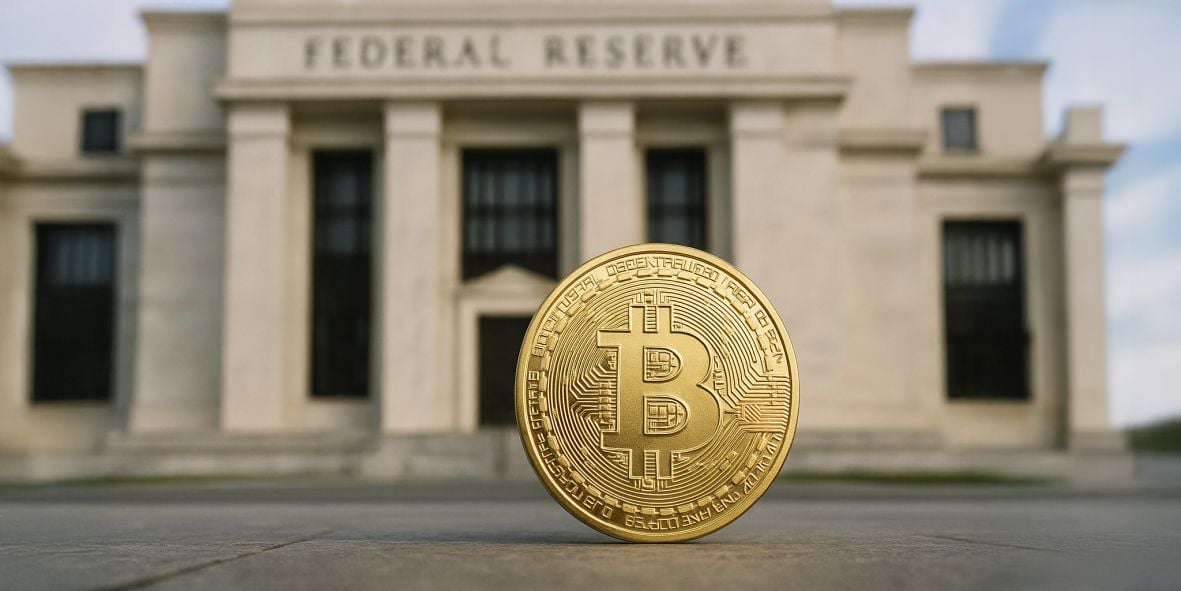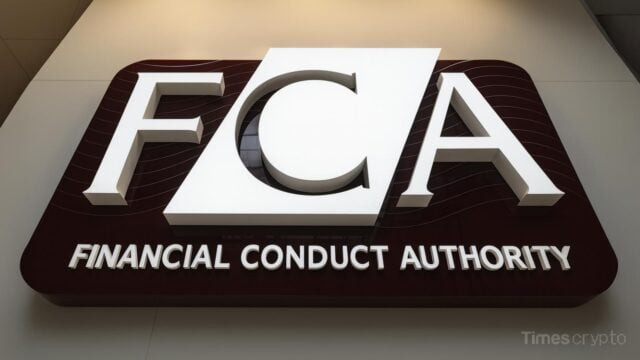Key Points:
- Fed drops reputational risk from supervision, ending a key debanking tool.
- Regulators are rolling back crypto restrictions across major agencies.
- Fed’s Bowman supports a July rate cut if inflation stays contained.
The U.S. Federal Reserve has officially removed “reputational risk” as a factor in how it supervises banks, a move that could ease longstanding banking restrictions on crypto firms.
In a statement issued on June 23, the Fed announced it will begin removing all references to reputational risk from its supervisory materials, including examination manuals. It plans to replace these with “more specific discussions of financial risk,” and will train examiners to ensure consistent implementation across all Fed-supervised banks.
This policy shift follows years of criticism from the crypto industry, particularly in response to what many labeled Operation Chokepoint 2.0 a regulatory crackdown that saw more than 30 crypto and tech firms denied banking access after the collapse of several crypto-friendly banks in 2023.
Why It Matters for Crypto
By eliminating reputational risk from formal oversight, the Fed is removing a subjective and often vague justification that was used to debank firms associated with digital assets. While banks are still required to maintain robust risk management practices, this change could make it harder for regulators to pressure banks into cutting ties with crypto clients.
According to the Fed, this adjustment does not prevent banks from using reputational risk in their own internal decision-making. However, supervisors can no longer enforce it as a regulatory standard.
The move aligns with broader efforts by other U.S. regulators to unwind restrictions on the digital asset sector. Earlier this year, the Office of the Comptroller of the Currency (OCC) confirmed banks can trade crypto for clients and outsource crypto activities, while the FDIC clarified that pre-approval is no longer required for banks to engage with crypto.
What This Means for Crypto Investors
For retail crypto investors and traders, the Fed’s decision could signal greater financial system integration for crypto and reduced uncertainty for on and off-ramp services. It marks a step toward rebuilding trust between crypto firms and U.S. banking institutions, potentially improving liquidity and infrastructure access in the long term.
Moreover, Fed Vice Chair for Supervision Michelle Bowman, a Trump nominee, said she would support a July rate cut if inflation stays contained and labor market risks increase.
According to the CME Fed Watch tool, markets currently assign a 77.3% probability that the Fed will hold rates steady at 4.25–4.5% at the July 30, 2025, meeting, while there is a 22.7% chance of a rate cut to 4.00–4.25%.
Conclusion
The removal of reputational risk and growing rate-cut signals reflect a more favorable regulatory and financial climate for crypto firms, potentially paving the way for renewed banking access and broader market participation.







